Five-Year Plan continues trend that has brought 'profound changes' to region
The Xinjiang Uygur autonomous region plans to further boost investments in key transportation infrastructure, including highways and airports, during the 14th Five-Year Plan (2021-25). It will also improve the facilities in core economic zones at border areas so the region will open up more under the Belt and Road Initiative, the region's chairman said.
Poor transportation and issues with water conservancy and energy infrastructure have always been key obstacles in the economic and social development of Xinjiang, which covers about one-sixth of China's territory.
"With continuous efforts in investing in and constructing such infrastructure in the past five years, they have been able to provide strong support for the development of Xinjiang and made profound changes to both urban and rural areas," Shohrat Zakir, chairman of the region, said in his government work report during the annual session of the regional people's congress in the regional capital of Urumqi on Monday.
Xinjiang's fixed-asset investments reached 4.1 trillion yuan ($637.8 billion) from 2016 to 2020, about 1.29 times that of 2011 to 2015. The region built 1,184 kilometers of highway from 2016 to 2020, more than 21.5 percent of its total highway length, according to the work report.
Xinjiang aims to build a highway network around the Tarim Basin linking the cities and counties of southern Xinjiang to support local development. The highway length is expected to reach 10,000 km by 2025 from the current 5,500 km.
The region also plans to build 15 new airports by 2025, bringing its total number of airports to 37. Xinjiang is already the region with the most airports in China. The new planned airports help the region, which was an essential link on the ancient Silk Road, to have a Silk Road in the air, Shohrat said.
Another focus will be building the International Land Port of Urumqi and two economic zones in Kashgar in southern Xinjiang and Horgos in northern Xinjiang to accelerate the region's opening-up progress under the Belt and Road Initiative, Shohrat said. More infrastructure to support that will be constructed and a series of international cooperation projects will be started in the economic zones.
The region's 5,600 km border touches eight countries, including Pakistan, Kazakhstan, Tajikistan and Kyrgyzstan. The central government considers it a core area on the Silk Road Economic Belt.
Due to the penetration of extremism, separatism and terrorism, the region was frequently hit by terrorist attacks for a period of time, but "such a passive situation has been completely turned around", Shohrat said, adding that no terrorist incident has happened in the region for more than four years.
Social stability has safeguarded economic and social development, he said. The average growth of the region's annual GDP from 2016 to 2020 was about 6.1 percent. The average annual disposable income of rural residents reached 14,056 yuan, more than 2.8 times that in 2010, according to the report.
Stability has also boosted the tourism industry of Xinjiang, which is known for its grand scenery and diverse cultures. Despite the COVID-19 pandemic, the region received 158 million visits from tourists in 2020.The number is expected to reach 400 million in 2025, Shohrat said.












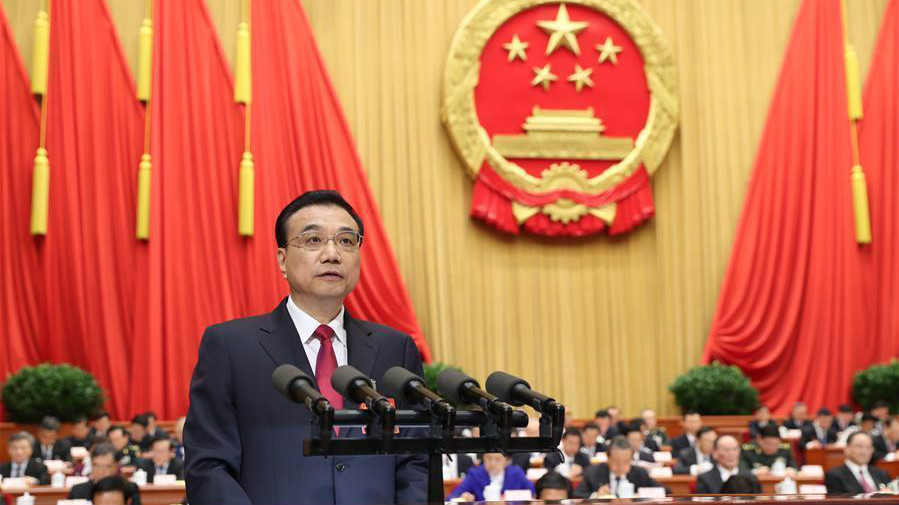

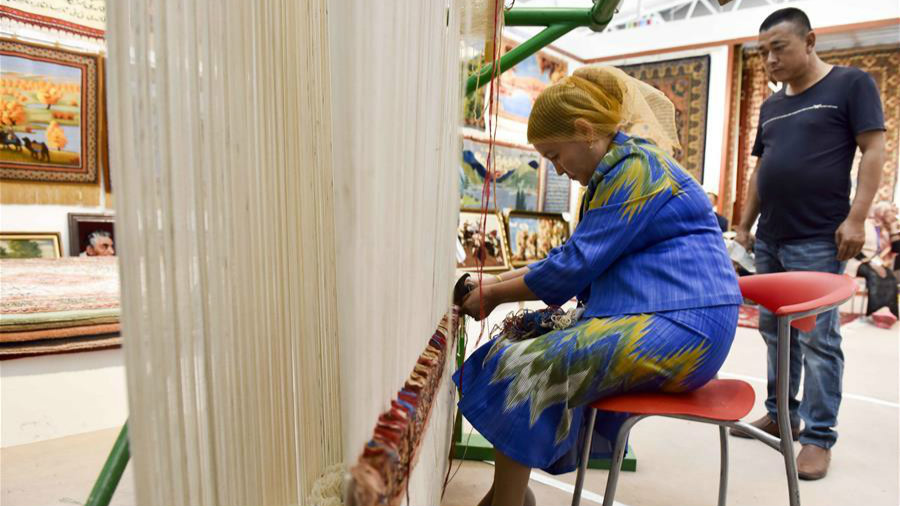
.jpg)

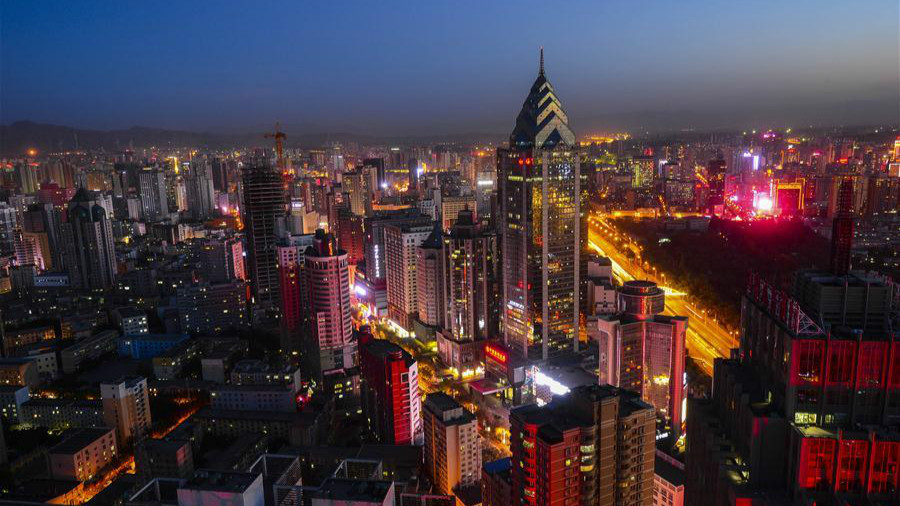
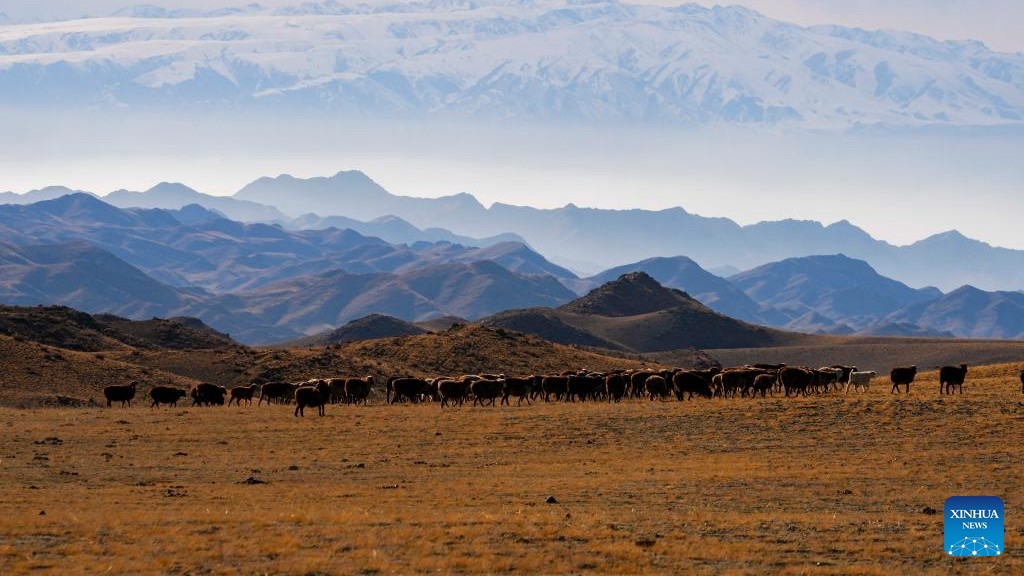



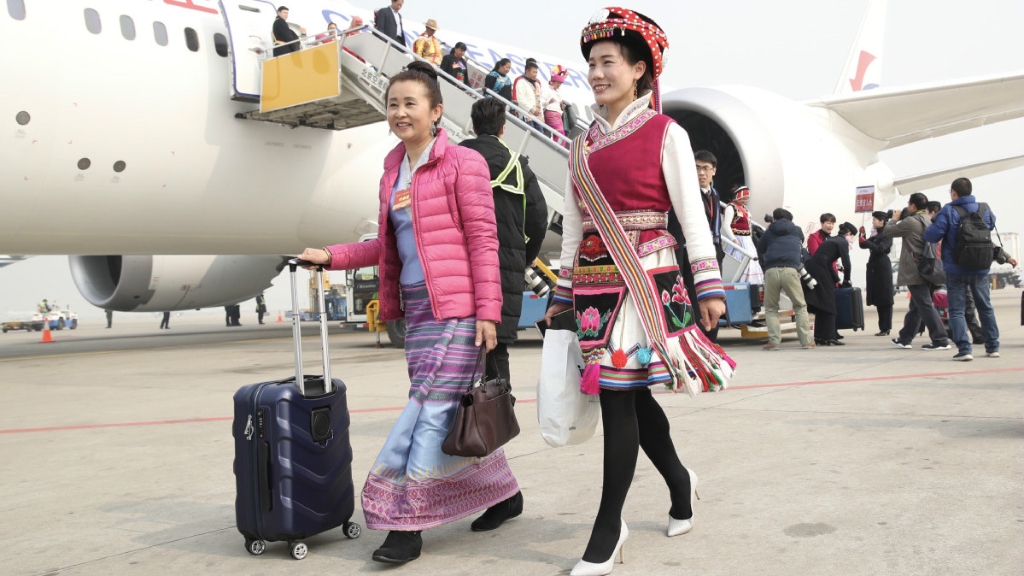


.jpg)


